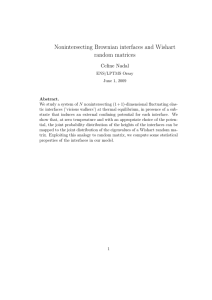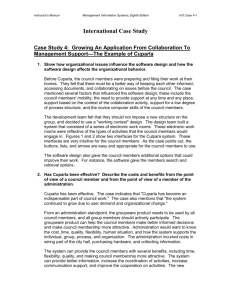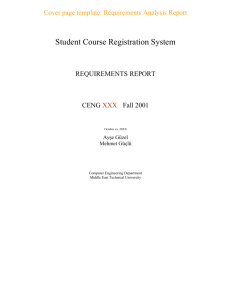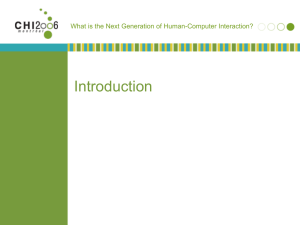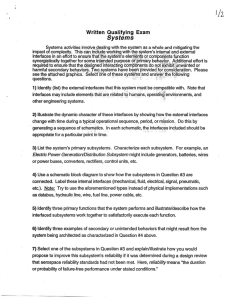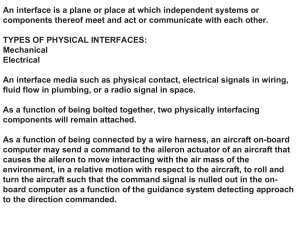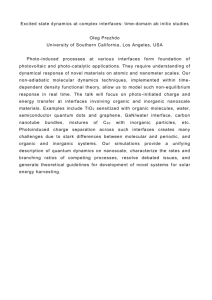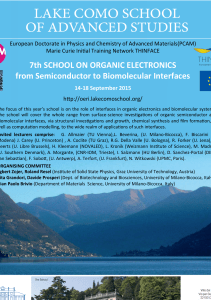Olivier de Weck organization at a high level? Do you see any
advertisement
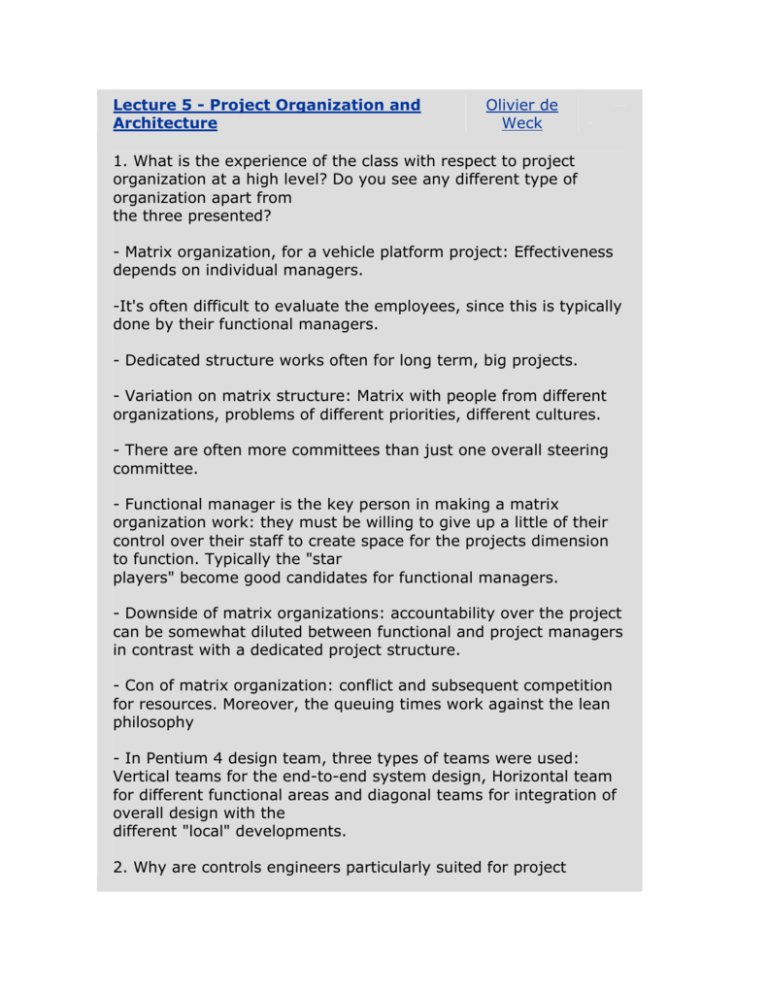
Lecture 5 - Project Organization and Architecture Olivier de Weck 1. What is the experience of the class with respect to project organization at a high level? Do you see any different type of organization apart from the three presented? - Matrix organization, for a vehicle platform project: Effectiveness depends on individual managers. -It's often difficult to evaluate the employees, since this is typically done by their functional managers. - Dedicated structure works often for long term, big projects. - Variation on matrix structure: Matrix with people from different organizations, problems of different priorities, different cultures. - There are often more committees than just one overall steering committee. - Functional manager is the key person in making a matrix organization work: they must be willing to give up a little of their control over their staff to create space for the projects dimension to function. Typically the "star players" become good candidates for functional managers. - Downside of matrix organizations: accountability over the project can be somewhat diluted between functional and project managers in contrast with a dedicated project structure. - Con of matrix organization: conflict and subsequent competition for resources. Moreover, the queuing times work against the lean philosophy - In Pentium 4 design team, three types of teams were used: Vertical teams for the end-to-end system design, Horizontal team for different functional areas and diagonal teams for integration of overall design with the different "local" developments. 2. Why are controls engineers particularly suited for project manager's positions in the aircraft industry? They have a lot experience in integration and in all the types of the sub-systems (servoes, software, actuators, sensors, etc.). 3. Why is the project organization important? - It helps to align incentives, the organizational structure should match the objectives. - The flow of information is usually dampened by organizational silos and boundaries. - To successfully accomplish projects, you need to consume resources, which are typically controlled by different functions or (more generally) different structures within the organization. -The organization defines the interactions and powers of these structures hence its importance. 4. Why are there subsystem interactions with no associated team interactions? - Because there may exist standards that specify very precisely the interfaces between the interconnected subsystems. - The interaction occurs via some other path rather than the direct ones. 5. How can the inverse be explained (team interactions over nonexistant interfaces)? - There could be discussion between teams working on similar components but that don't actually connect.


